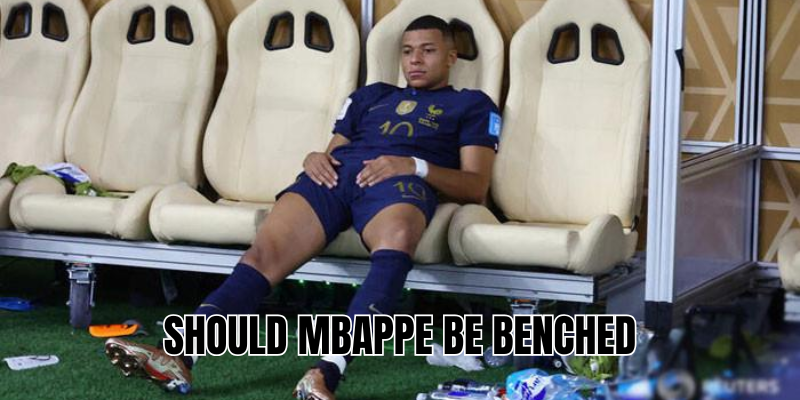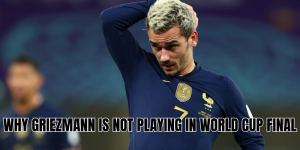From the moment Mbappé walked into the Santiago Bernabéu, fans and pundits have debated this question in hushed tones and bold headlines: should Mbappé be benched from Real Madrid’s starting XI? It’s not just clickbait. It’s a tension between star power and team balance, between expectations and reality. In this article, AnaGoal takes you through the arguments for and against benching Mbappé, backed by stats, recent matches, tactical shifts, and the psychological stakes. Let’s dive in.
The case for benching Mbappé
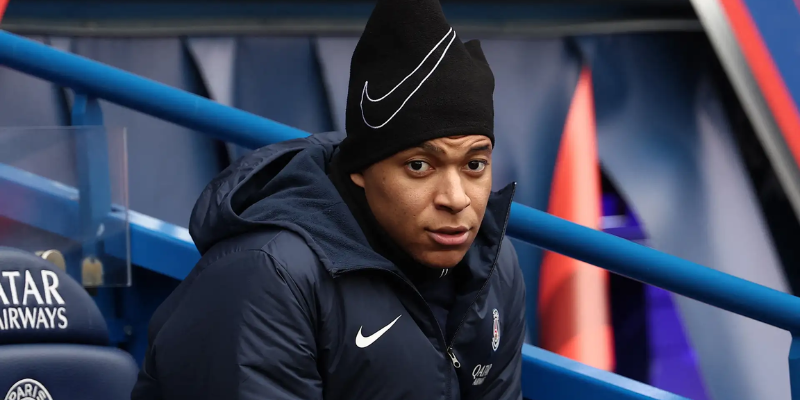
1. Managing fitness, fatigue, and injuries
One of the strongest arguments for benching Mbappé lies in preserving his body. He’s recently carried a mild ankle sprain and persistent fatigue concerns. In the 2025 Copa del Rey Final against Barcelona, he started on the bench because he hadn’t fully recovered, even though he had recovered from gastroenteritis—but the coaching staff opted for gradual reintegration. These are signs that fitness is a genuine concern.
Christensen’s load management model shows that even elite athletes suffer performance dropoffs when overexposed. A rest now might prolong Mbappé’s peak output over a long season.
2. Form dips and inconsistency
Superstars are often judged by every flick and touch. Some stretches of the season saw Mbappé slip in the eyes of fans and critics: he went through spells of underwhelming performances in La Liga, drawing calls.
Thierry Henry once remarked that “Mbappé should play on the left or be benched” given his lack of presence inside the penalty area. This criticism reflects broader frustration: when the world expects magic every game, anything less becomes scrutinized.
Rotating him out of the starting XI can be a reset—lifting psychological pressure and giving him space to rebuild momentum.
3. Tactical flexibility and team balance
Under new manager Xabi Alonso, Real Madrid’s system is shifting. The coach has experimented with a midfield-heavy shape, wing-driven attacks, and increased defensive work, Mbappé’s direct style clashes with a more collective press or build-up.
By subbing him in, Madrid can adjust mid-game: start more conservatively, then unleash Mbappé in the second half when spaces open. This gives the team more flexibility. In the Club World Cup, that’s exactly what happened: Mbappé came off the bench in a more explosive phase.
The counterargument: Why benching Mbappé is risky
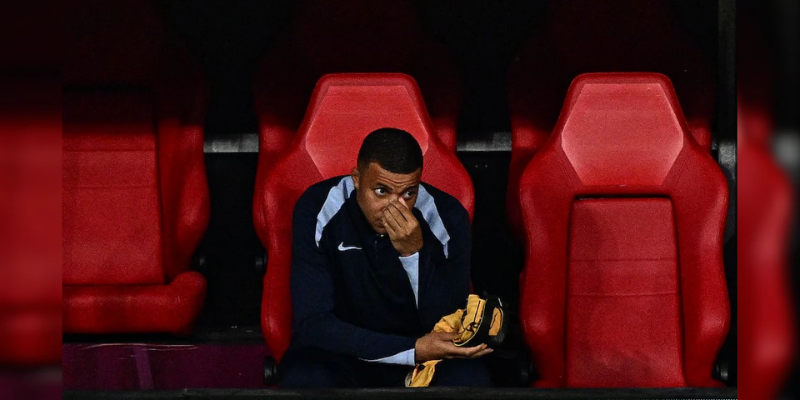
1. Star influence and psychological impact
In world football, there’s no replacing a true match-winner. Mbappé draws attention, forces defensive adjustments, and lifts his teammates. Starting without him could mean ceding psychological edge before the whistle.
Moreover, he’s the marquee signing. Bench decisions might upset the dressing room or fan morale—unless handled with care.
2. Momentum and rhythm
Top players thrive on rhythm: the more they play, the shar. Taking Mbappé out too often may stifle that momentum. His chemistry with Bellingham, Rodrygo, and Valverde is built on repetition, timing, and mutual understanding—things harder to cultivate, when he’s scoring hat-tricks, the argument to keep him on grows stronger.
3. Signal to opposition and critics
To bench Mbappé too readily is to admit vulnerability. Opponents may sense Madrid lacks confidence in its star. Critics will argue the club doubts its own project. Balance is key—benching should feel strategic, not punitive.
When benching Mbappé makes sense: situational guidelines
Below are conditions under which benching Mbappé is justified—and possibly optimal:
| Situation | Reason to bench | Practical approach |
| Post-injury or lingering fatigue | Protect health and recovery | Gradual reintroduction via substitute appearances |
| Against deep-block, defensive teams | Looking for a burst in second half | Start with a dynamic winger, bring Mbappé later |
| Congested fixture schedule | Avoid burnout | Rotate with Rodrygo or Endrick to manage minutes |
| Tactical shift toward collective pressing | Mbappé’s direct style might disrupt shape | Adjust formation, bring him when space opens |
In those moments, benching isn’t a demotion—it’s strategy.
Real-life examples & recent evidence
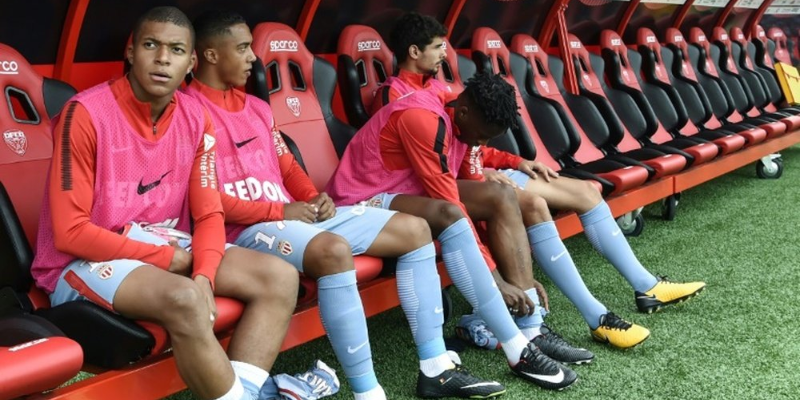
- In the 2025 Copa del Rey Final, Mbappé started on the bench because of ongoing ankle issues. Madrid’s staff clearly judged him not at 100%.
- During the Club World Cup, despite being fit again, he remained omitted.
- He has also been used unofficially as a super-sub: returning, he came off the bench mid-match in a Champions League fixture vs Lille.
- On several occasions, fans have called for benching during prolonged underperformance—highlighting the emotional intensity surrounding his role.
These patterns suggest that Madrid is already comfortable employing bench decisions with Mbappé, but only in specific circumstances.
How much benching is too much?
A guiding principle: keep it occasional, not habitual. Bench Mbappé no more than 10–15 % of matches. Overuse risks:
- Damaging his confidence
- Undermining his role as focal point
- Fracturing tactical consistency
If benching becomes routine, you lose the edge. The key is unpredictable deployment that keeps opposition guessing.
Final Thoughts
Should Mbappé be benched? It depends. When fitness, tactical nuance, or performance slumps demand fresh thinking, benching him is not weakness—it’s wisdom. But the key is balance. As long as he remains central to Madrid’s identity, he should retain a starting role in most big games, with bench appearances reserved for strategic moments.
At AnaGoal, we believe the best managers know when to give rest and when to unleash their weapons. If you agree—or want to argue otherwise—don’t hesitate: comment, share, debate. Stay tuned for match breakdowns, stats deep-dives, and more.
